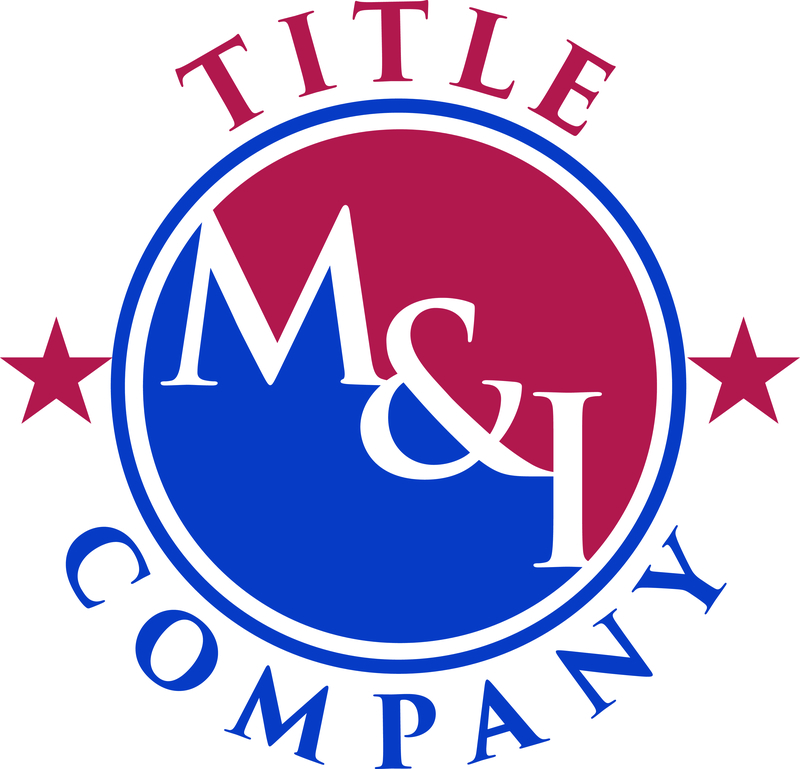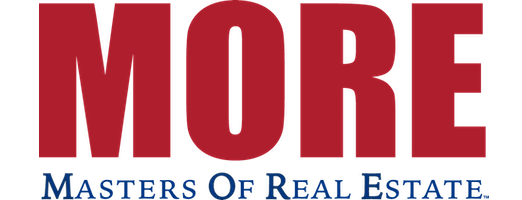
A report released today by CoreLogic shows that 17.10 percent (96,986) of all St. Louis homeowners with a mortgage were in a negative equity position in the third quarter of 2011, down slightly from 17.30 percent the prior quarter. Negative equity is also referred to as being “underwater” or “upside down” and refers to homeowners that owe more on their mortgages than the current value of their home.
In addition to those St. Louis homeowners that are already underwater, or in a negative-equity position, there is an additional 5.9 percent of homeowners with a mortgage (33,694) that are in a “near negative equity” position, which is down slightly from 6.1 percent the prior quarter. “Near negative equity” refers to those homeowners with less than 5 percent equity in their home.
Nationally, 22.1 percent of homeowners with a mortgage are in a negative-equity position, down slightly from 22.5 percent the prior quarter, and an additional 2.4 million borrowers were in a near negative-equity position, bringing the overall total to 27.1 percent of all mortgages.
National Report Highlights:
- Nevada has the highest negative equity percentage with 58 percent of all of its mortgaged properties underwater, followed by Arizona (47 percent), Florida (44 percent), Michigan (35 percent) and Georgia (30 percent). This is the first quarter that Georgia entered the top five, surpassing California which had been in the top five since tracking began in 2009.
- The top five states combined have an average negative equity ratio of 41.4 percent, while the remaining states have a combined average negative equity ratio of 17.6 percent.
- There are nearly 22 million borrowers, or 45 percent of all borrowers, who have mortgages with an 80 percent or more loan-to-value (LTV) ratio, and 69 percent of those mortgages have above-market interest rates of 5 percent or more. Conversely, only 54 percent of borrowers who have less than 80 percent LTV have above-market interest rates. While above-market interest rates make refinancing at today’s historically low rates a cost-effective step for qualified homeowners, it can be more difficult for borrowers with above-average LTV ratios to qualify for refinancing.
- Of the 10.7 million borrowers in negative equity, there are 6.3 million first liens without home equity loans that have an average mortgage balance of $222,000. They are underwater by an average of $52,000 which equates to an average LTV ratio of 131 percent. The negative equity share for the first lien-only borrowers was 18 percent, and 40 percent had an LTV of 80 percent or higher.
- The remaining 4.4 million negative equity borrowers hold first liens and home equity loans with an average mortgage balance of $309,000. These borrowers are underwater by an average of $84,000 and have an average LTV of 137 percent.
- The negative equity share for first lien borrowers with home equity loans is 38 percent, or twice the share for first lien-only borrowers. Over 60 percent of borrowers with home equity loans have combined LTVs of 80 percent or higher.
- Of the total $699 billion in aggregate negative equity, first liens without home equity loans account for $329 billion aggregate negative equity, while first liens with home equity loans account for $370 billion. CoreLogic estimates that of the $370 billion first liens with home equity loans, $190 billion is due to the first lien component.
- There are 8.6 million conventional loans in a negative equity position that have an average mortgage balance of $272,000 and are underwater by an average of $70,000.
- There are 1.5 million FHA loans in a negative equity position that have an average mortgage balance of $170,000 and are underwater by an average of $26,000.
- Given that bank portfolios account for 15 percent of all first lien mortgage loans, CoreLogic estimates that 1.6 million properties valued at $105 billion of aggregate negative equity are in bank portfolios1.






Leave a Reply
You must be logged in to post a comment.